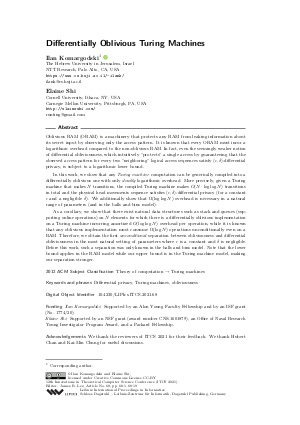LIPIcs.ITCS.2021.68.pdf
- Filesize: 0.55 MB
- 19 pages

 Creative Commons Attribution 3.0 Unported license
Creative Commons Attribution 3.0 Unported license














































Feedback for Dagstuhl Publishing